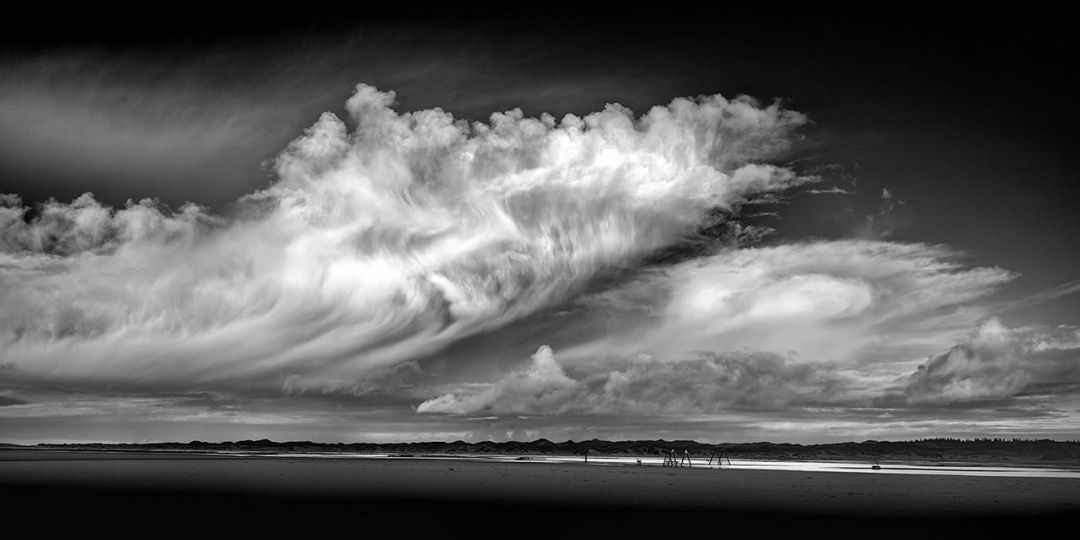Adaptation, made up of nearly 200 photographs from Anastasia Samoylova’s six major works, is a wonderfully pleasurable book to turn the pages of and look at its pictures.
Her photos are commonly taken to emanate from an eco-documentary perspective but this is a limiting way of appreciating their worth. In Floridas (2022), overlapping with her earlier FloodZone series by focusing on the U.S’s southeasternmost state, there is no concern with the social and racial antagonisms fissuring the US and what might be seen as a commentary on environmental degradation is more a by-product of a fascination with appearance as appearance. The vivacity of the colour of rust on a car is what she captures, not corrosion resulting from a chemical reaction of the metal with oxygen and water. The mould is its appearance on walls, its interest for the viewer is as intrinsically visual as her photo of flamingos reflected in the pool of a condo. The velvet chair floating in water does not solicit attention in order to make an environmental point but gains notice because the scene as a whole looks natural, the armchair’s blueness merges aesthetically with the colour of the sky reflected in the water. The pictorial layering, a characteristic of Samoylova’s methodology, that comes with the building with broken windows, only adds to the painterly surrealism of the tableau.
The armchair in the picture is pink, a colour that appears as a leitmotif in her work. In FloodZone, it is the colour of the sidewalk where the palm trees were planted that now lean gently against apartment blocks. If translated into words, the scene would be a sentence from a J.G. Ballard paragraph describing some fragment of a hypermodern topology. If it represents an image of ruin and destruction why is it so alluring? In Image Cities, shot across seventeen locations around the world, there is an image entitled ‘Pink Coat, Moscow, 2021’ showing the back of a woman wearing the coat. The presence of the pink coat is absurdly out of proportion to the street she faces; the ‘message’ in the picture is the colour. In another photo from the same series, a man holding a white plastic shopping bag and a newspaper is also seen from behind as he stands and looks at a pink wall that takes up three-quarters of the frame.
Lurid colours – green plays a similar role to pink in Samoylova’s palette – are not present to signify decadence but rather to avow the ravishment of appearance. There is a relish in vivid hues, a pleasure in being engulfed by captivating images, by too-muchness, by an excess without coordinates.
David Campany, the editor of Adaptation, describes Samoylova’s work as ‘provocative’ but if this is right the provocation is not of the kind that her mother country christened agitprop. On the contrary, any incitement lies in their jouissance, in the Lacanian, libidinal sense of an affective intensity and its peculiar propensity to engender enjoyment out of failure and displeasure. Samoylova’s bravura lies in giving visual expression to the socio-transcendental ascendency of finding satisfaction in appearance against the background of nothing.
What comes to mind is the story of the two ancient Greek painters, Zeuxis and Parrhasius. One of them paints a picture of grapes so convincingly that birds come fly down and try to eat them. Parrhasius, not to be outdone, paints a curtain on the wall of his room and Zuexis on seeing it asks him to open it so that he can see what lies behind. The image is everything, there is no hidden essence and no nonrapport. We are seduced into enjoying appearance, what matters is appearance, and if it is becoming to resemble the virtual then so much the worse for reality.
Sean Sheehan
















